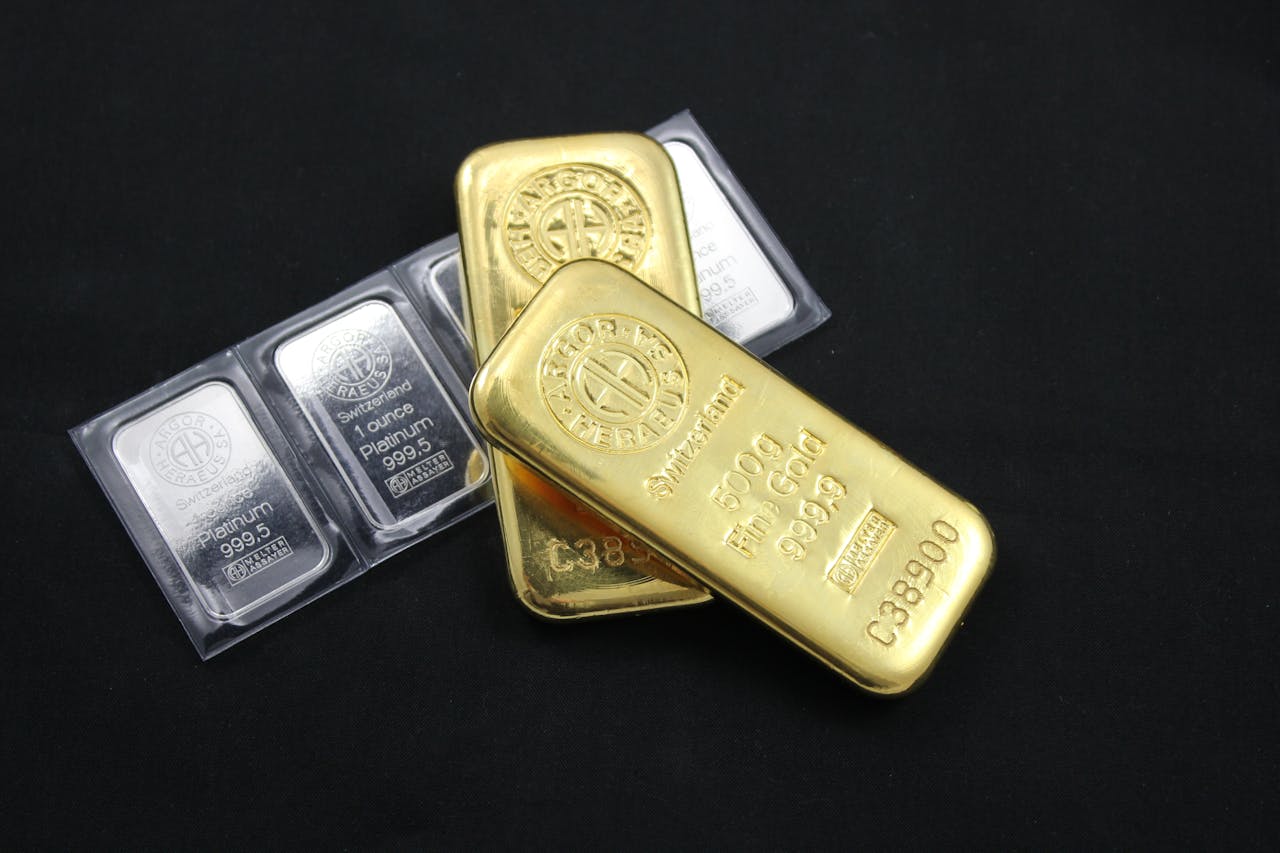Investing in precious metals, such as gold and silver, has long been regarded as a reliable strategy for preserving wealth and diversifying portfolios. With economic uncertainty and inflation concerns on the rise, many investors are turning their attention to these tangible assets. This essay explores the benefits, methods, and considerations involved in investing in precious metals.
The Appeal of Precious Metals
Precious metals have intrinsic value, making them an attractive investment option. Unlike stocks or bonds, which can be subject to market volatility, gold and silver are often seen as safe havens. Historically, they have maintained their value over time, providing a hedge against inflation and currency devaluation. For example, during economic downturns, investors typically flock to gold, driving up its price. This tendency reinforces the idea that precious metals can serve as a financial cushion.
Moreover, the global demand for precious metals continues to grow. Industries such as electronics, automotive, and renewable energy utilize silver for various applications, enhancing its value. Similarly, gold is favored in jewelry production and is also used in technology and finance. As demand increases, the potential for appreciation in value becomes more pronounced.
Different Types of Precious Metals
When considering investments in precious metals, it’s essential to understand the primary types available:
- Gold: Known as a “safe haven,” gold has been a symbol of wealth for centuries. Investors can purchase gold bars, coins, or ETFs that track the gold market.
- Silver: Often referred to as the “poor man’s gold,” silver is more affordable and has numerous industrial applications. Silver bullion coins and bars are popular investment choices.
- Platinum: This metal is rarer than gold and silver, making it a valuable investment. It is often used in catalytic converters and jewelry.
- Palladium: Increasingly used in automotive and electronics industries, palladium has seen significant price increases in recent years.
Each metal offers unique advantages and should be considered based on individual investment goals.
Benefits of Investing in Precious Metals
Investing in precious metals offers several key benefits:
1. Hedge Against Inflation
Precious metals tend to hold their value during inflationary periods. When fiat currencies lose purchasing power, the price of gold and silver typically rises. Therefore, having a portion of your portfolio in these metals can mitigate the effects of inflation.
2. Portfolio Diversification
Incorporating precious metals into your investment portfolio can enhance diversification. When stock markets are volatile, precious metals often perform differently, providing stability. A well-diversified portfolio can reduce risk and increase potential returns over time.
3. Liquidity
Precious metals are highly liquid assets. Investors can buy and sell them with relative ease. Gold and silver, in particular, have established markets, making it simple to convert them into cash when needed.
4. Tangible Assets
Unlike digital assets, precious metals are physical commodities. This tangibility can provide peace of mind for investors, especially during times of economic uncertainty. The ability to hold a physical asset often reassures investors that their wealth is secure.
Methods of Investing in Precious Metals
Investors have several options when it comes to investing in precious metals:
1. Physical Purchase
Buying physical gold, silver, platinum, or palladium can be a straightforward approach. Investors can choose bullion bars or coins, but it is crucial to ensure the purchase is made from reputable dealers. Storing these metals safely, whether in a safe at home or a secure vault, is another consideration.
2. Exchange-Traded Funds (ETFs)
For those who prefer not to hold physical metals, ETFs offer a convenient alternative. These funds track the price of precious metals and allow investors to gain exposure without the need for physical storage. ETFs are traded on stock exchanges, providing liquidity and ease of access.
3. Mining Stocks
Investing in mining companies can be another way to gain exposure to precious metals. While this method carries additional risks, such as operational challenges and market fluctuations, successful mining companies can yield substantial returns when metals prices rise.
4. Mutual Funds
Some mutual funds focus specifically on precious metals and mining companies. These funds provide diversification within the sector and can be managed by professionals, making them an attractive option for investors seeking a hands-off approach.
Key Considerations Before Investing
Before diving into precious metals, it’s essential to consider a few critical factors:
1. Market Research
Understanding market trends and economic indicators can significantly influence investment decisions. Staying informed about geopolitical events, currency fluctuations, and economic policies will help investors make educated choices.
2. Long-Term vs. Short-Term Investment
Deciding whether to invest for the long term or short term can impact your strategy. Precious metals are generally more suited for long-term investments, as their prices can be volatile in the short term. Therefore, a patient approach is often recommended.
3. Storage and Insurance
If you choose to invest in physical metals, consider how you will store them. Secure storage options, such as safety deposit boxes or specialized vaults, may incur additional costs. Furthermore, insuring your precious metals is wise to protect against theft or loss.
4. Understanding Costs and Fees
Investing in precious metals can involve various costs, including premiums on physical purchases, management fees for ETFs, and brokerage fees for trading. Understanding these costs will help you assess the overall profitability of your investment.
Conclusion
Investing in precious metals like gold and silver offers a myriad of benefits, from hedging against inflation to providing portfolio diversification. While the methods of investment vary—from physical purchases to ETFs—each comes with its own set of considerations. By conducting thorough market research and understanding your investment goals, you can navigate the precious metals market effectively.
As economic uncertainties persist, the allure of precious metals as a safe haven is likely to remain strong. Therefore, whether you are a seasoned investor or a newcomer, exploring this asset class could be a strategic move for your financial future. Remember, as with any investment, informed decisions are key to maximizing potential returns while minimizing risks.



